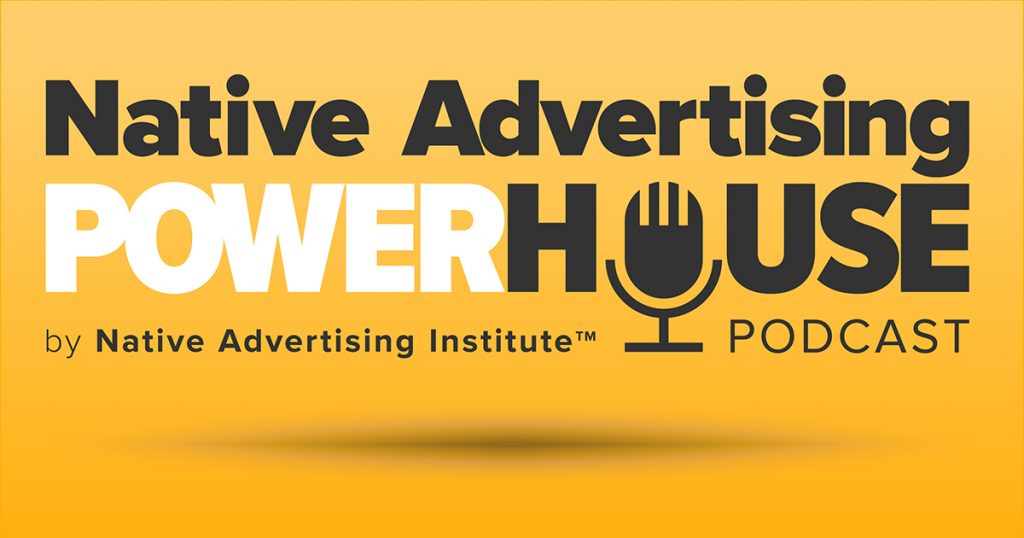 Details
Details

By Itamar Gero
Founder and CEO of SEOReseller.com
Connect
Here’s what marketers need to understand about content – it’s always a work in progress. You never stop writing content, you improve it. If you’re on the right track, your content resonates with your audience. It gets shared, gets the attention of more people, and it transforms into a resource they come back to time and again.
As content is a continuous work that needs your utmost attention, it follows a process. A process that even marketers fail to abide by when they’re too busy chasing website rankings. The result? Their content becomes sloppy, turning into one big pile of mess that serves no purpose other than cluttering the already cluttered digital landscape. They lack consistency.
Consistency in your content strategy makes you relevant and keeps your audience engaged.
How to use consistency for a successful content strategy
Consistency in your content strategy makes you relevant and keeps your audience engaged with a brand. Because content is one of the ways to reach your audience, what you say in every content piece shapes their experience. In turn, they relate what they read to the brand.
RELATED: Native Advertising DAYS - the Biggest Conference on Content Distribution & Content Promotion
There are two aspects to a consistent content strategy.
While some content marketers focus solely on writing stellar content or fill their editorial calendars to meet their writing quota, I take a different approach—for a content strategy to be successful, it needs to be quality and quantity.
If you’re focused on creating quality, consistent content, you need more than just a good selection of topics
Quality content means...
Digital marketers have different perspectives when it comes to quality content, or what defines most of it. Some attach a metric or two to determine the qualitative value of content, while some simply determine the best piece they have is based on how much of an impact it has on their audience.
But if you’re focused on creating quality, consistent content, you need more than just a good selection of topics. Quality content means you have to think of:
1. Choosing the right voice
Quality content is about writing a blog that’s easily recognized by your audience. The moment they land on your blog, they immediately know it’s you. Your voice is one they know by heart.
RELATED: Thinking Like a Journalist Will Make You Awesome at Native Advertising
Whether you want a professional tone that speaks directly to the needs of your audience or a more casual and conversational approach, having a consistent voice for your content will make it memorable.
2. Sticking to a content style
Ever wonder why Buzzfeed has over 7 million content views each month? Because its content pieces are scannable and easy to digest. The site is mostly popular for its listicles and entertaining GIF-filled posts—not to mention, the witty titles that will simply make you want to click. This doesn’t mean that you should follow what Buzzfeed is doing and fill your website with listicles; you need to find the right content style that will captivate your visitors’ attention and make them come back for more.
3. Writing the right topic
One of the important things you should be asking is, “What does my audience want to know?” You don’t just write any topic; you write THE topic. The topic that will give them the value they’re looking for, prompt a reaction, and more importantly, make them keep scrolling and browsing through your website.
RELATED: T Brand Studio: 12 Tips for Creating Killer Content
What does this have to do with consistency? Everything. When you’re creating a content marketing strategy, all your content materials should support one another and fit into your funnel, and that will only be possible if you’re working on the right topics.
Quantity is not just about the amount of content you were able to publish, but how many times you appeared in front of your audience.
Quantity is not just about numbers
Consistency is not about publishing content one after another just for the sake of having said you published it. If you do this, you’re just adding to the clutter, and instead of making your audience notice you, you’re becoming a nuisance they’d rather avoid.
But, how does quantity fit into a consistent content marketing plan?
1. Creating a schedule
How do you keep track of the content you're publishing? Do you publish once a week? Twice? What topics are you going to push? Who will be responsible for all the content marketing collaterals? That’s the purpose of your content calendar.
RELATED: The Importance of Creating Quick Content to Stand Out as a Brand
This serves as a place to streamline all the activities in your marketing plan: goals, topics and dates for content creation, publishing schedule, distribution, paid distribution, and contributors. Not only does this help you see the entire content creation process, but also find more opportunities for future content marketing planning.
2. Distributing your content
Quantity is not just about the amount of content you were able to publish, but how many times you appeared in front of your audience. Publishing a blog is simply the surface of your content marketing strategy, because what’s the use of a well-crafted content if no one sees it? If anything, it becomes useless for your marketing strategy despite its greatness.
RELATED: Content Creation and Distribution: Can't Have One Without the Other
To reach your audience and engage them, you need a content distribution plan. This includes top content distribution platforms, paid distribution tactics, best blogs to push out there, and the content promotional schedule. our content distribution plan should be supplementary to your content calendar.
3. Measuring your content marketing efforts
What good is your content marketing strategy if you don’t know how it affects your bottom line? The only way to know if your content strategy provides you with consistent results is through metrics that measure performance. There are tons of free tools that you can use to measure your content marketing efforts and determine your next best steps—you can start with Search Console to see your top performing content on your website.
If you haven’t been checking for consistency in your content strategy, you better start paying attention now. Remember this: people will be expecting content from you, and you have to deliver what they’re looking for. By reinforcing consistency in your content strategy, there remains a continuity of experience every time your audience engages with your brand.
